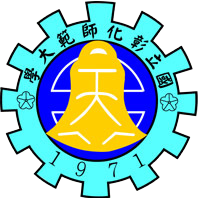SDG15.3.1 Sustainable use, conservation, and restoration of land (policy)
NCUE has at least seven ongoing projects and activities, including: Environmental Education Centre’s ‘Project of Taoyuan International Airport Corporation / Entrusted Planning and Design for Red Imported Fire Ants (RIFA) Control’, ‘Twenty-four-, 33-, and 120-Hour Courses for Environmental Education Personnel Certification’, Biology Department’s ‘Project of the Division of Science and Technology/Discussion and Solution Strategies on the Ant Infestation Problems in the Qianshan Caused by the Impact of Climate Change on the Ecology of Qianshan and the Changes in the Community’, ‘Management Office of Hualien Forest Zone, Forestry Bureau, Council of Agriculture/Entrusted Professional Service Case for Ant Investigation Project in Danongdafu Forest Park’, a project of the Division of Science and Technology, ‘Development Microbial Control technology of Agricultural Pest Ant’, a project of the Bureau of Animal and Plant Health Inspection and Quarantine, ‘Council of Agriculture/Development of Core Technologies and Establishment of Safety Assessment Model of the Agricultural Spraying Drone Industry Chain–Field Trials for Using Agricultural Drones to Control RIFA through the Management of Drone Pesticide Spraying Delegation System’, a project of Kenting National Park, ‘Yellow Crazy Ant Invasion Status Investigation and Control Strategy Research in Kenting National Park’, and Disaster Prevention and Information Centre’s ‘Using Lidar Point Cloud in the Forest and Hyperspectral Data to Analyze the Spectral Characteristics of Terrain and Build a Canopy Elevation Model’, and related activities organized by the Science Education Center. They will be briefly described in the following.
1. Project of Taoyuan International Airport Corporation/Entrusted Planning and Design for RIFA Control
Taoyuan International Airport is located in the Dayuan District. In 2004, Taoyuan International Airport determined that the area around Taoyuan Airport, the airport traffic lane, and some parts of the lawn that divide the running chute were invaded by RIFA. The project team has achieved remarkable results after years of prevention and control work. The entire airport area has been lifted from the list management by the government in May 2018. However, because Taoyuan International Airport is located in the Dayuan District of Taoyuan City, and the current RIFA population distribution and density in the district is still relatively serious, Taoyuan International Airport is still in an area susceptible to RIFA recurrence. Sporadic ant nests are frequently detected in some lawn areas of the airport, which are related to the watercourses, drainage ditches, lawn water, and boundary walls in the airport. Heavy rains or typhoons have caused the water levels in rivers and streams outside the airport to rise rapidly, and RIFA enter the ponding lawns of the drainage ditches in the airport from the outside through the waterway system. The Airport RIFA Office has labelled and managed the waterways and drainage ditches in the airport and strengthened the detection operations after typhoons and heavy rains.
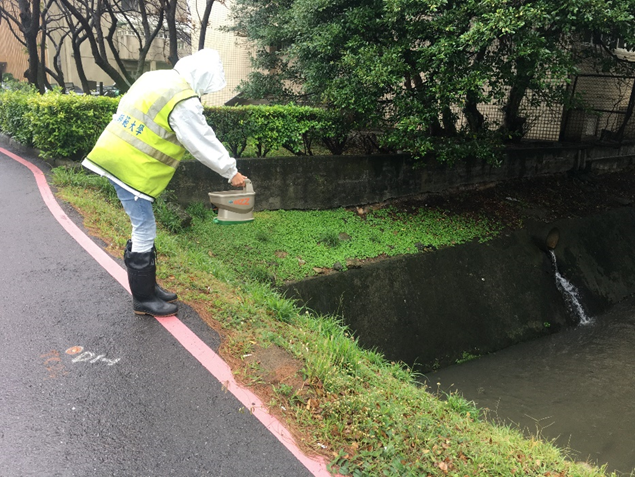
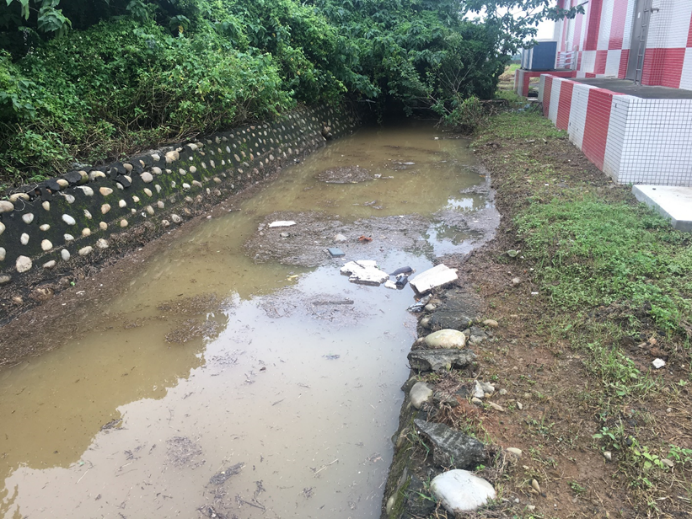
Taoyuan International Airport RIFA control team of NCUE strengthening RIFA control in the airport drainage ditches
Link for reference information:
2. Twenty-four-, 33-, and 120-Hour Courses for Environmental Education Personnel Certification
The Environmental Education Centre nurtures relevant environmental education talents. In conjunction with the ‘Delve into Fangyuan, Hand in Hand with Dacheng: Industrial and Environmental Sustainability in Twin Cities of Changhua’, the Centre provided relevant education courses for local and national communities from July to October 2021. The following courses were included: the Special Environmental Personnel Certificate Course for Yuhua Elementary School in August 2021 for training 36 environmental education personnel); 33–hour Environmental Education Personnel Certificate Course in September 2021 for training 31 environmental education personnel; and 120–hour Environmental Education Personnel Training Course from September to November 2021 for training 13 environmental education personnel.

Special Environmental Personnel Certificate Distance Course for Yuhua Elementary School
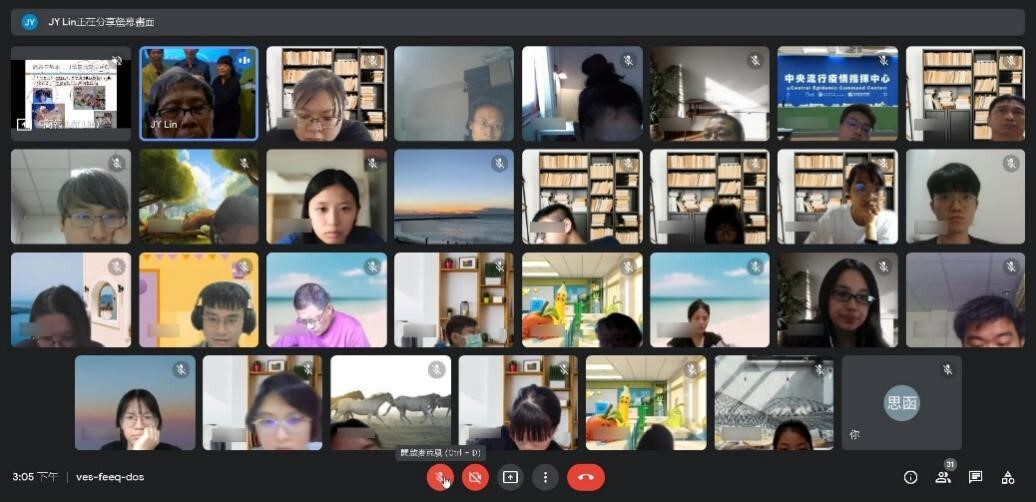

A class from the 33–hour Environmental Education Personnel Certificate Course
Students from the 120–hour Environmental Education Personnel Training Course attended an onsite observation class
Links to the videos of the course
- https://www.facebook.com/media/set/?set=a.1121311448605962&type=3
- https://www.facebook.com/media/set/?set=a.1121313965272377&type=3
- https://www.facebook.com/media/set/?set=a.1121873565216417&type=3
3. Project of the Division of Science and Technology: ‘Discussion and Solution Strategies on the Ant Infestation Problems in the Qianshan Caused by the Impact of Climate Change on the Ecology of Qianshan and the Changes in the Community’
Natural disasters on slopes arising from climate change and man-made development pressure have caused landscape fragmentation, ecological fragmentation, and habitat loss, causing slopes in Qianshan, Taiwan, an ecologically fragile area. In addition, emerging ant infestation problems have appeared in Qianshan towns in south-central Taiwan. Ants pour into houses like streams, and flying ants invade homes like black mist. Such abnormal ecological responses warn of the gradual loss of the ecological health in Taiwan. This project integrates multiple domains. It takes the ant infestation problem of the Qianshan residents as the starting point to comprehensively examine the hidden landscape fragmentation, ecological loss, and development pressure behind the ant infestation problem. Using the ecosystem service on the slopes as the research framework, key biofacies in habitat are investigated, landscape changes analysed, indicators established, environmental fragility and ecological potential examined, etc. In addition, in response to the logic of the impact of the ant infestation problem on the industry and tourism in the mountain village communities, a Qianshan agricultural production system with potential for ecosystem services and human well-being are established taking climate change as the background.
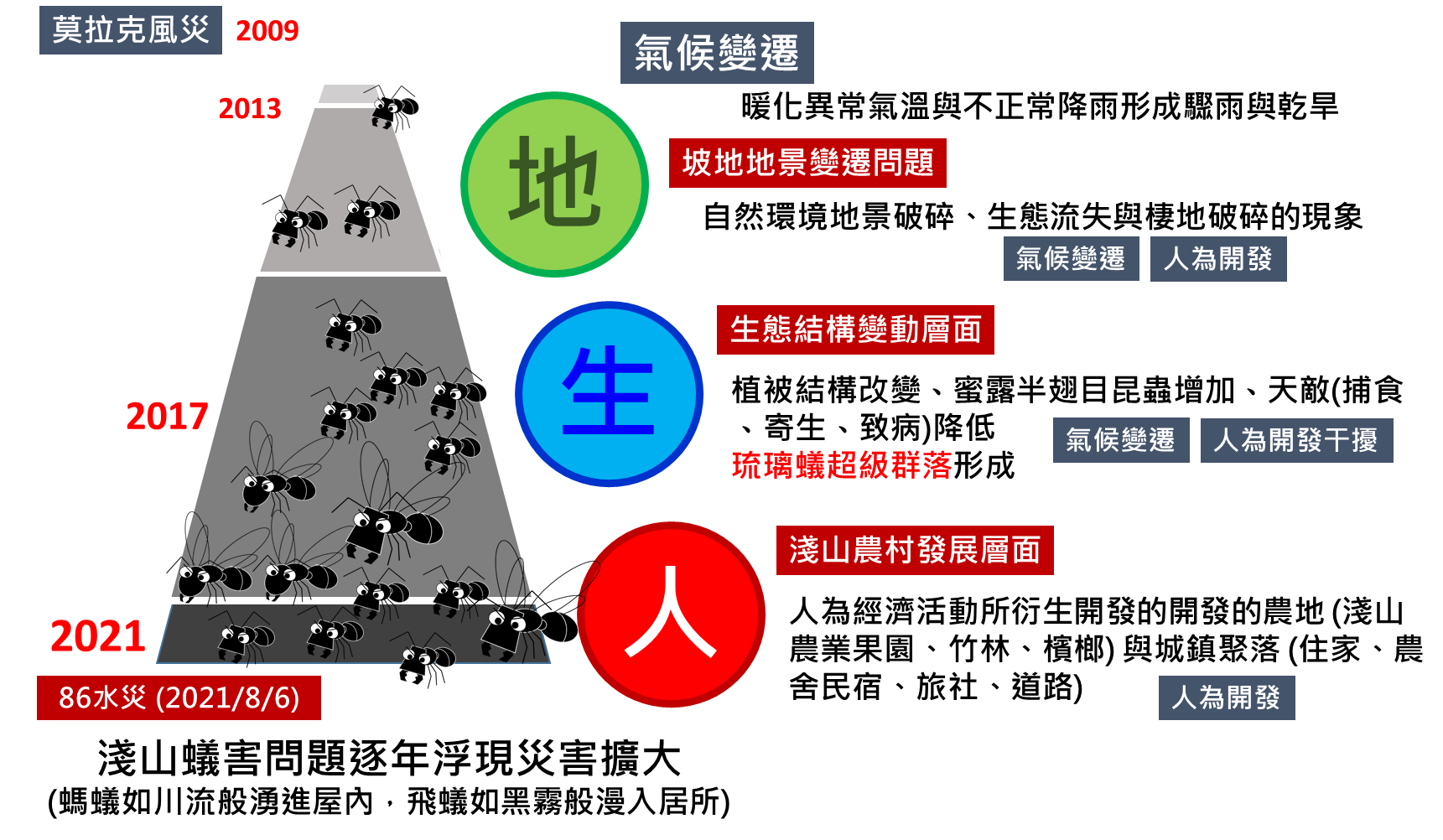
Link for reference information:
4. Management Office of Hualien Forest Zone, Forestry Bureau, Council of Agriculture: ‘Entrusted Professional Service Case for Ant Investigation Project in Danongdafu Forest Park’
This project aims to conduct a full ant survey project for the Danongdafu Forest Park. Through standardised survey methods and habitat analysis, this project understands the ecological role ant colony structures play in forest development under the aforementioned management on flat terrain. Furthermore, instead of using ants as biological indicators, the ecological function groups of different ants can be analysed to understand the environmental conditions of Danongdafu Forest Park. The research results of ant in the Danongdafu Forest Park are integrated into the activities and curriculum planning of environmental education, designed considering the role of ants (Environmental Education and Training Course for Ants in Flat Forest), as well as environmental education promotion materials (Environmental Education Manual and Environmental Education Folded Flyer for Ants in Flat Forests).
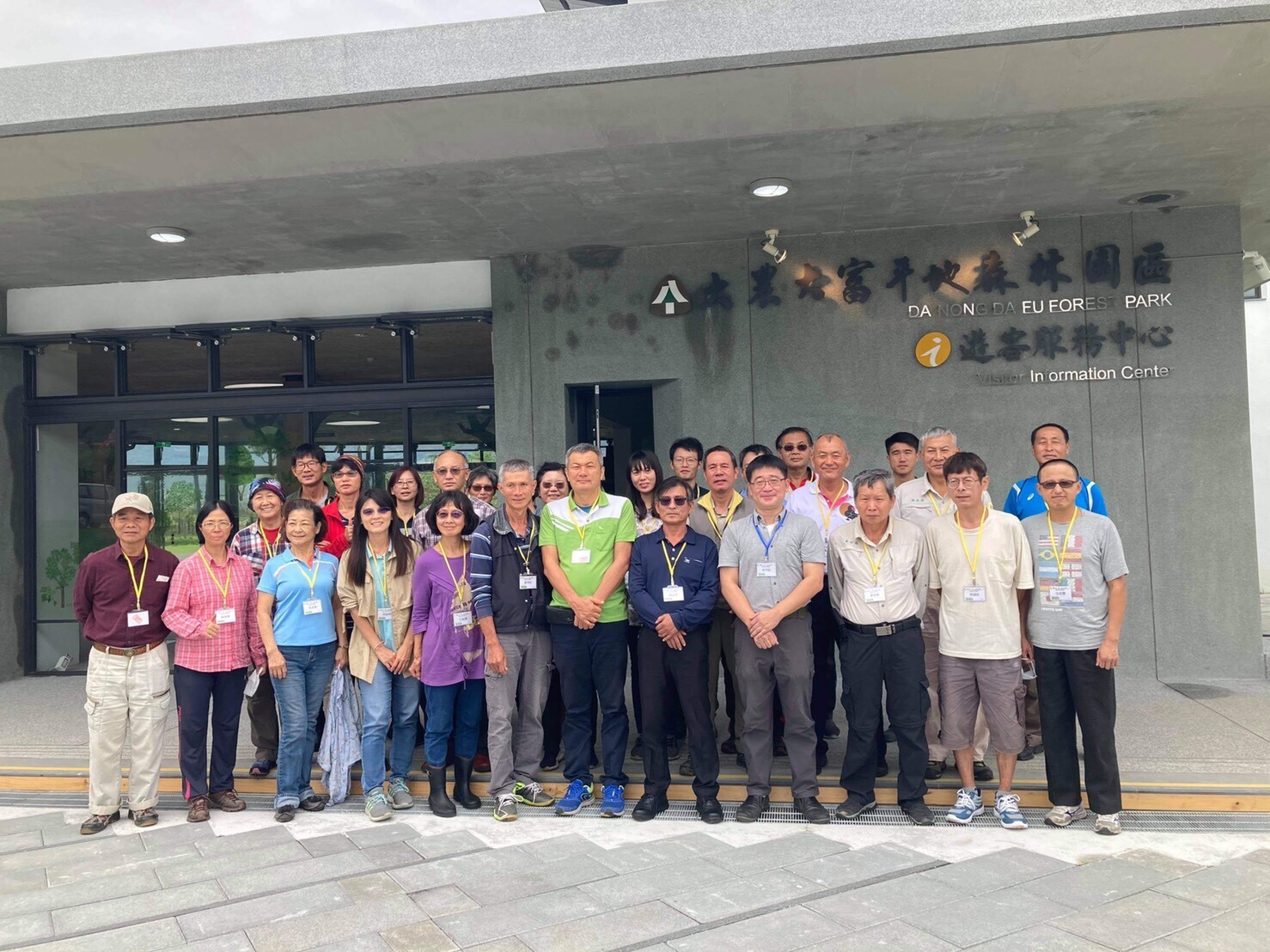
Educational Explanation and Study of Ant Environment in Danongdafu Forest Park
Link for reference information:
5. Project of Kenting National Park: ‘Yellow Crazy Ant Invasion Status Investigation and Control Strategy Research in Kenting National Park’
This project assists Kenting National Park in investigating the invasion of Anoplolepis gracilipes (commonly known as yellow crazy ant), one of the world’s top 100 harmful invasive species in the distribution hotspots of land crabs (Houwan, Banana Bay, Barrier Island, and Yungchuan port). Furthermore, cooperating with the Taiwanese, land crab research expert Dr. Liu Hung-Chang, using the data analysis of the number of female crabs during the breeding period when they release eggs as the sea level lowers, found that the invasion of Anoplolepis gracilipes is closely related to the decline of the land crab population, which has severely impacted the survival of the native land crab population in the Hengchun Peninsula. It has also been found that in areas with high human disturbance (such as farmland, farmhouse, forest edges, or fishing ports), the number of Anoplolepis gracilipes is significantly higher. Nesting close to man-made buildings allows members in the ant nest to obtain various resources, such as food, nesting space, and irrigation water. In addition to highlighting the importance of preventing and controlling Anoplolepis gracilipes, this project also provides suggestions on prevention and control. In addition to traditional chemical control, habitat restoration and removal of objects that can be used for nesting by Anoplolepis gracilipes seem like possible control measures, because they will not only increase the habitat suitable for land crabs, but also hinder the establishment of the colonies of Anoplolepis gracilipes. In view of the impact of Anoplolepis gracilipes on the ecological environment, ant control is a long-term work that must be continued to reduce the probability of land crabs being ‘killed by ants’, thereby maintaining the biodiversity in Kenting National Park. This project also organises the Yellow Crazy Ant Prevention Workshop in Kenting National Park.

Yellow Crazy Ant Prevention Workshop in Kenting National Park
Link to reference information
6. Related activities conducted by the Science Education Center
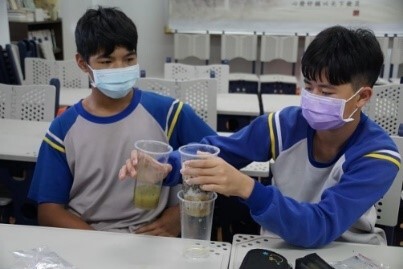

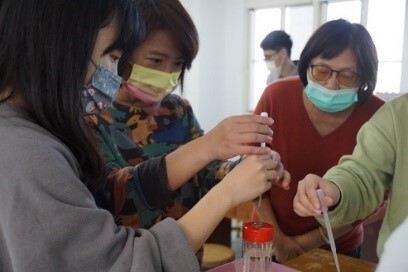
The project on water quality education and related practices, “Science Exploration Activities through Interesting Experiments and Learning Activities for Teachers and Pre-service Teachers at Dapu Junior High and Elementary School of Chiayi County, 2021 academic year” included experimental teaching activities such as “Is this the water we drink?” “Treatment of water: Science Competition” and “Water Striders: Hydrogen bonding, Surface Tension, and Buoyancy,” conducted under the guidance of Professor Ling Jiang of NCUE’s Department of Biology, and Professors Hong-Thih Lai and Su-Mei Wu of National Chiayi University.
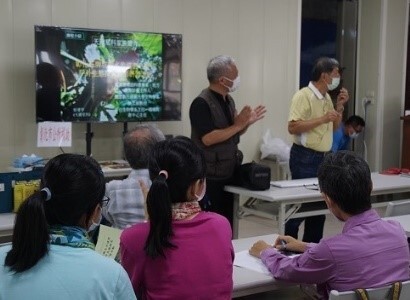
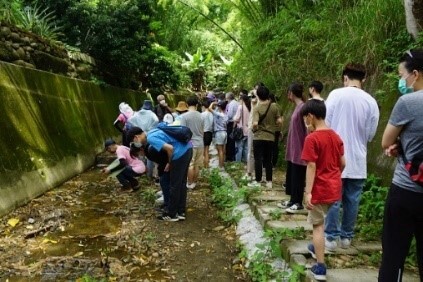
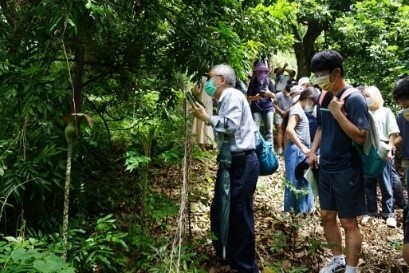
The “Teacher Study Activity: Outdoor Ecological Exploration of Amorphophallus hirtus on Changhua Shipaikeng Water Trail” offered ecological education on wildlife and aquatic biodiversity. The outdoor teaching activity was guided by Professor Jong-Yih Lin of NCUE’s Department of Biology and teacher Jhih-ying LI of Changhua’s Ching Cheng High School. Elementary and secondary school teachers, students, and pre-service teachers participated in the activity.
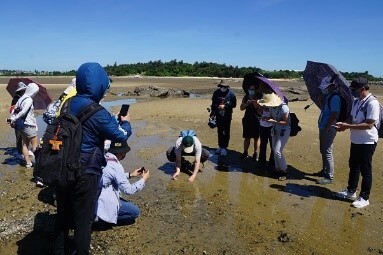
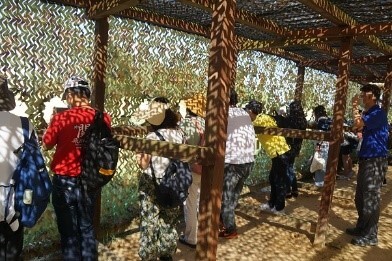
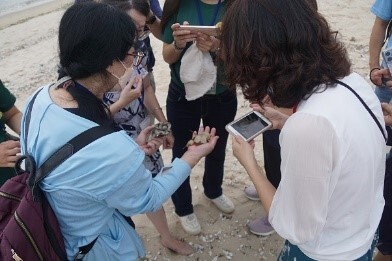
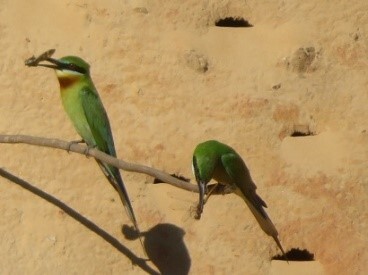
To support the policy of encouraging teachers of Chiayi County to participate in empowerment activities and local education guidance, the “Teacher Empowerment Training Activity: Outdoor Teaching of Kinmen Ecology” was co-hosted to introduce the subject of wildlife and plant ecology and aquatic biodiversity. Professor Jong-Yih Lin and Professor Ling Jiang of NCUE’s Department of Biology spearheaded the outdoor teaching activity and introduced horseshoe crabs and blue-tailed bee-eaters to elementary and secondary school teachers.
